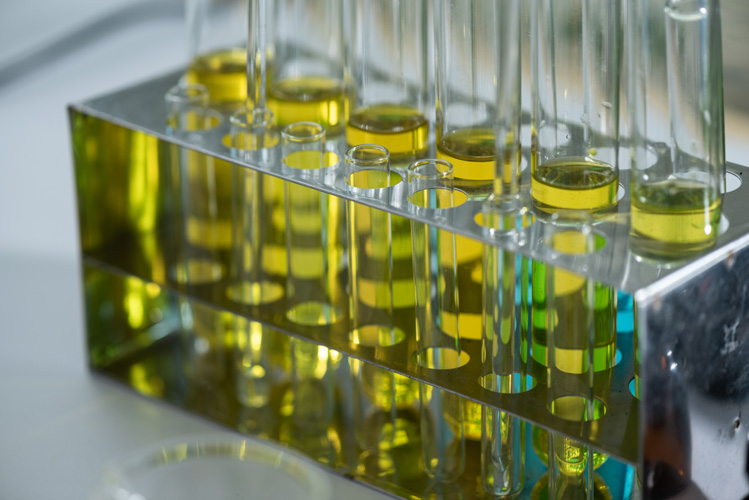明白,以下是按照进口化妆品备案费用写的文章:
In recent years, the beauty industry has become increasingly competitive. To stay ahead of the game, many cosmetics companies have turned to importing high-quality products from other countries. However, importing cosmetics is not as simple as it seems. There are various costs associated with this process, including registration fees, customs duties, and taxes. In this article, we will explore the various expenses involved in importing cosmetics and provide some tips on how to minimize these costs.
Importing Cosmetics Costs
1. Registration Fees: The first expense associated with importing cosmetics is the registration fee. This fee is charged by the NMPA (National Medical Products Administration) for each batch of cosmetics that is registered with the system. The registration fee varies depending on the type of cosmetics being imported and its intended market. Companies need to submit detailed information about the product, including its formula, manufacturing process, and safety assessment report. The registration process ensures that all cosmetics meet national standards and regulations.
2. Customs Duties and Taxes: Once the cosmetics are registered with the NMPA, they can be imported into China. During this process, customs duties and taxes will be levied on the imported goods. These fees vary depending on the value of the goods and the country of origin. For example, if the cosmetics are imported from Europe, they may be subject to Europeanuniontariffs or VAT. Additionally, imported cosmetics may also face local customs duties and taxes imposed by Chinese customs authorities.
3. Transportation Costs: Importing cosmetics requires transportation from the country of origin to China. The cost of transportation depends on several factors, including the volume of goods being imported, the shipping method chosen, and the port of entry. Shipping methods such as sea freight, air freight, or express delivery may all be used, each with their own set of costs. Additionally, customs brokerage fees may be required for handling the import process at the port of entry.
4. Storage and Handling Fees: Upon arrival in China, imported cosmetics must be stored in a secure location until they can be distributed to retailers or consumers. Storage fees may be charged for this purpose, depending on the size and location of the facility where the cosmetics are stored. Additionally, handling fees may be required for any administrative tasks related to the import process, such as customs declaration and documentation preparation.
5. Labeling and Packaging Fees: When importing cosmetics into China, labeling and packaging fees may be charged by the manufacturer or distributor. These fees cover the costs associated with designing and printing labels that accurately reflect the contents and ingredients of the cosmetics, as well as the costs of packaging materials and packaging designs. These fees are necessary to ensure that consumers receive accurate information about the products they purchase.
Minimizing Importing Cosmetics Costs
To minimize the costs associated with importing cosmetics, companies should consider the following strategies:

1. Pre-approval Process: Companies can save time and money by pre-approving the import process with the NMPA beforehand. This allows for a smoother import process and reduces the likelihood of encountering unexpected delays or additional fees.
2. Cost-Effective Solutions: Companies can also explore cost-effective solutions to reduce the overall cost of importing cosmetics. This may include negotiating lower rates with shipping companies or finding alternative transportation methods that are more cost-effective.
3. Local Suppliers: Consider using local suppliers when possible. Local suppliers often offer better pricing and more efficient logistics than international suppliers. Additionally, local suppliers may be able to provide valuable insights into local consumer preferences and trends that can help improve the success of the product in China.
4. Compliance Assurance: Ensure compliance with all relevant regulations and standards is maintained throughout the entire import process. This includes proper labeling and packaging of the cosmetics to avoid any potential legal issues or penalties.
5. Continuous Learning: Keep learning about the latest developments in the cosmetics industry and the regulatory environment in China. This knowledge can help companies stay ahead of the competition and adapt quickly to changing circumstances.
In conclusion, importing cosmetics is a complex process that involves various costs. By understanding these costs and implementing effective strategies to minimize them, companies can successfully navigate the import process and expand their business in China.